Ever since Proton and Geely inked a strategic partnership back in 2017, the company’s range of all-new models have all been SUVs derived from existing Geely models. In keeping with the SUV trend, first came the X70, then the X50 and X90, all of which have helped the carmaker pad its bottom line with strong sales figures and shake up the market by putting established nameplates on notice.
For Proton’s next trick to shake things up, it launched the S70 in November 2023, which is significant as the carmaker announces its return to the C-segment sedan space. The value proposition is an attractive one. With a price range from RM73,800 to RM94,800 (OTR without insurance) across four variants, the S70 slightly undercuts popular cars such as the Honda City and Toyota Vios while promising a similar or greater feature set.
Does the S70 deliver enough to make sedan buyers with a budget of under RM100,000 want to consider it? Judging by the number of bookings Proton have received since its launch, this certainly appears to be case, even if deliveries are only now trickling out.
So, should you join the bandwagon? Well, if you’re still uncertain and want to know more about the S70, here’s our first impressions after a short trip to Penang with the top-of-the-line Flagship X variant. A separate review where we have more time with the car is coming soon, but for now, here’s what we think of Proton’s all-new sedan.
Size and segment confusion
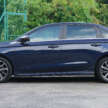
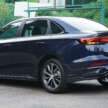
The whole debate on whether the S70 is a proper C-segment sedan stems from a few key points. Firstly, the S70 is based on the Emgrand, which is underpinned by Geely’s B-segment Modular Architecture (BMA) platform that is also used by the very B-segment X50. However, Proton opted to use the ‘70’ name, which denotes a C-segment model, as is the case with the X70.
We’ve covered this topic in our comprehensive launch story months ago, so let’s summarise with raw data. At 4,602 mm long, 1,809 mm wide, 1,466 mm tall and with a wheelbase of 2,627 mm, the S70 is larger than the Preve and Mitsubishi Lancer-based Inspira, which are Proton’s previous two C-segment sedans – cars have generally gone up in size over the years.
The S70 is also larger than both the City and Vios, but is smaller when compared to the Civic and Corolla. As my colleague Danny put forth previously, “it’s a bit of mishmash” and the debate will likely continue among prospective lawyers. For the average consumer, sales agents are more than happy to pitch the Proton as a “C-segment sedan at B-segment prices,” so mark it down as an in-betweener.
Not just a simple rebadge
While the S70 is based on the Emgrand, Proton didn’t just change the badges and switched it from left- to right-hand drive and called it a day, although some might proclaim exactly that. At first glance, the exterior of the S70 looks pretty much identical to the Emgrand apart from the new grille and tiger logos. It’s an inoffensive design, and there are some nice touches like the light dance that plays each time you lock and unlock the car, with some industry colleagues even mentioning it has an Audi A3 look about it.
The numbers show that the S70 is actually slightly smaller than to the Emgrand, which measures 4,638 mm long, 1,820 mm wide, 1,460 mm tall and has a wheelbase that spans 2,650 mm. This is just the start of many other differences that make the S70 rather unique compared to its “donor.”
Another notable change is the engine. Where the Emgrand in its home country and the Philippines is powered by a 1.5 litre naturally-aspirated inline-four petrol engine making between 102-114 PS (101-113 hp) and 142-147 Nm of torque, we get the MPI version of 1.5 litre turbocharged inline-three also used by the X50.
The much beefier turbo mill makes 150 PS (148 hp or 110 kW) and 226 Nm, pretty much identical to the X50, but while peak horsepower arrives as the same 5,500 rpm, the S70’s peak torque comes on a little later at 1,750 rpm instead of 1,500 rpm in the X50.

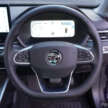
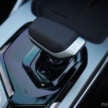
The figures are certainly encouraging, especially when considering the S70 is lighter (1,300-1,319 kg) than the X50 (1,325-1,370 kg), indicating a better power-to-weight ratio. The S70 also gets a seven-speed wet dual-clutch transmission like the X50, which is more advanced than the Emgrand’s CVT.
This 1.5T/DCT setup is unique to our market, and along with the RHD conversion, Proton says it invested 260,000 man-hours for R&D, design and engineering to bring the S70 to market. The company also adds that it had to develop 453 new parts, some of which are not even made/available in China.
Some of the man-hours were also spent on the interior, which like the exterior, looks pretty much identical to the Emgrand at first glance, including the dual-screen setup (10.3-inch instrument cluster and 12.3-inch infotainment touchscreen here). Again, there are differences unique to our market, including the the steering wheel (from the X50) and ‘T-design’ electronic shifter (from the S90).
One thing that is maintained from the Emgrand is the suspension setup, which consists of front MacPherson struts and a rear torsion beam, the latter being another point of contention of its “C-segment cred.” For the record, the X90, which is based on the Haoyue/Okavango, gets a rear multi-link instead of a torsion beam like in China and the Philippines.
What’s the S70 like to live with?

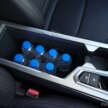
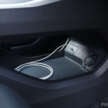
When you’re inside the S70, you’ll find it to be rather spacious. The conventional three-box design is great for headroom (the Vios’ fastback shape is a detriment in this regard), while the long wheelbase means there’s quite a bit of legroom in the rear. I’m 170 cm tall and had enough room to stretch out in the back while my two co-drivers at the front had their seats adjusted to their preference.
There’s also an abundance of storage spaces to keep items. The shift-by-wire system means there’s a large spot under the centre console for a small- to medium-sized bag, while under the armrest, the storage “hole” is deep enough to swallow up several small water bottles. If that isn’t enough, you’ll find generous storage in the door cards as well.
No shortage of options when it comes to charging your devices either, with the front having three USB ports, including one to power a dashcam (standard on the Flagship X), along with a wireless charger. At the rear, there are two more USB ports that are joined by a small slot to stow your phone.
To further add to the practicality, the boot volume is an impressive 500 litres, even with a space saver spare wheel under the floor, and you can expand this further with the 60:40 split-folding bench folded down to form a sizeable passthrough – they don’t fold completely flat.
Cabin materials are a half and half situation, with some areas like the top of the dashboard featuring a soft-touch surface, while others are scratchy plastic. Attempts have been made to give the interior a more premium look and feel (comparable to the Vios and appears better than the City), and they include the soft-touch surfacing on the top of the dashboard as well as textured/patterned/stitched trim.
Elsewhere, the seats are decently padded and comfortable to be in, with gentle bolsters that don’t dig too much into your sides. On the Flagship X variant we tried, the driver’s seat is power adjustable, although there’s no way to tilt the seat bottom up from the front if you need more thigh support. Minor niggles aside, the S70 is a rather pleasant place to be in.
As for accessing vehicle functions, the central touchscreen is the primary way of doing so, as there are very few physical buttons to use. Is it inconvenient to some? Yes, but it does become somewhat more intuitive as you familiarise yourself with where things are.
As an example, if you wanted to adjust the media volume, you can do so via the steering wheel but the passenger doesn’t have a dial or buttons to do the same. Instead, he or she will need to swipe down from the top (much like a smartphone) to make the adjustment. Said swipe-down menu is also where you choose your drive modes (Comfort, Eco and Sport) – no dedicated drive mode selector switch in sight – as well as to open the sunroof, which also lacks physical controls and you’ll need to manually open and close the sunshade. To add, the sunroof is small in comparison to the panoramic ones found on the X SUVs.
Proton has been leaning into the whole voice control thing for some time, and this is particularly helpful if you prefer not to distract yourself while driving by tapping on a screen. With pretty consistent natural language understanding, you simply utter “Hi, Proton” to control the AC (“I’m hot/cold”), windows, sunroof and media volume. Fun fact: you can change the name in the system to have it address you in funny ways.
For more settings, you’ll need to go into the infotainment to, say, disable other ADAS (advanced driver assistance systems) functions. There’s a learning curve here, and while some will eventually to this system, others will question why there aren’t a few more buttons for commonly used functions like volume adjustment or to engage the impressive (and high-res) 360-degree camera – the latter comes on when indicating right.
Another question that will be brought up is why there isn’t support for Android Auto and Apple CarPlay? The onboard navigation system is decent (albeit laggy), but the ease of having AA/AC is undeniable. Thankfully, this is expected to arrive this year, as Proton confirmed recently.
Turning our attention to the other screen in the S70, the digital instrument cluster offers limited customisability, as you can only change the look of the trip computer on the left, with the ADAS visualisation taking centre stage. You can put on a full map view a la Audi virtual cockpit, but this is tied to the navigation system, so if it isn’t integrated with future AA/AC support, it kind of becomes redundant.
What’s the S70 like to drive?
While some might lament at the idea of a torsion beam, this shouldn’t be an issue if it’s set up proper, and Proton believes it got right by tuning the S70 specifically for Malaysia’s often times bumpy roads. The company notes it dedicated 75,000 man-hours to testing the sedan over 1.2 million km to nail the ride and handling down. Have these efforts paid off?
On our drive up north and around Penang, the S70 delivered a compliant ride that soaked up road imperfections rather well for a good secondary ride. The car’s softly sprung nature helps in this regard, with body roll being controlled albeit still noticeable through tighter corners. It isn’t the sportiest drive but it is a relaxed one that didn’t leave my co-drivers and I worn out by the time we reached our accommodation in Penang.
The steering is electrically assisted and lacks feel but has decent precision to make the drive through the twisty roads from Batu Ferringhi to Balik Pulau through Teluk Bahang a fun one. You even get to adjust the steering weight feel, which can be done in conjunction or independent of the selected drive mode, with the disparity between Comfort and Sport being noticeable enough. To add, the way the drive modes affect power delivery is limited to holding onto gears for longer and slightly increasing/decreasing throttle response.
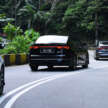

On that mention, the engine is punchy once the turbo kicks in and delivers enough mid-range torque to make around town driving effortless. Acceleration isn’t super rapid – Proton claims a 0-100 km/h time of nine seconds – but there’s little struggle in getting up to highway speeds. Additionally, engine noise and vibration from the three-potter isn’t overly intrusive either while on the highway or pottering around town, although tyre noise is a very noteworthy (perhaps due to the Goodyear Assurance rubbers).
Likewise, the 7DCT is smooth although using the manual mode will need some rethinking: you move the lever left or right to change gears rather than the conventional up/down, exactly like you would in the X90. Curious about maintenance costs? Right this way.
One issue that was highlighted by other members of the media on the drive was unintended “wheel spin” when setting off. The claim was a noticeable delay in throttle input and the car actually moving, with some thinking they needed to depress the pedal further, resulting in a screech from the front wheels. I didn’t experience this personally, but there were some instances where my co-drivers did “wheel spin” off the line, more so when the brake auto hold is engaged.
Another matter that was discussed during a Q&A was the brake bite, which comes on strong and early with the left pedal depressed slightly. This caught me off guard initially, which required a more conscious effort to be more delicate when applying the brakes.
As for ADAS features, the S70’s adaptive cruise control worked decently on highways but felt a little aggressive in slowing down when attempting to maintain a set distance when a car entered the same lane. Similarly, the lane departure prevention and centring systems are adamant in doing their jobs in odd moments when we forget to put on the indicator.
Should you buy the S70?
With good road manners, a capable powertrain, a roomy interior, good practicality and competitive pricing, the S70 makes a strong case for itself if you’re tied to a B-segment budget but want something physically larger and “more advanced” than the usual suspects.
The lack of buttons might be irritating to some who prefer not to fiddle with a touchscreen – particularly while driving – and the lack of AA/AC (for now) might be off-putting to those who swear by this feature (like me). Apart from the whole HMI thing, there’s plenty going for the S70, which, like its other Geely-derived siblings, has managed to shake things up and worry popular nameplates again, this time in another segment, whichever one you think it belongs in.
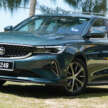
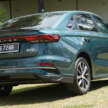
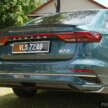
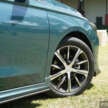
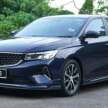


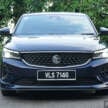
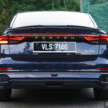
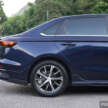
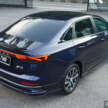
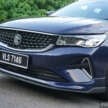
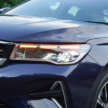
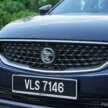


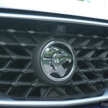
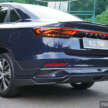
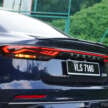
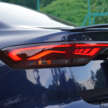
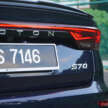
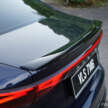
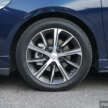
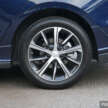
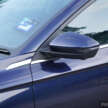






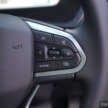
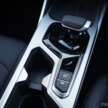

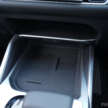

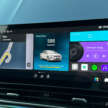

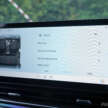
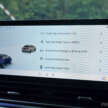


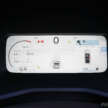

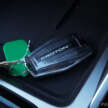
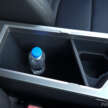
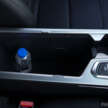

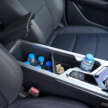
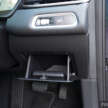


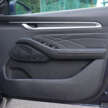
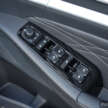

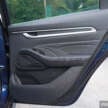
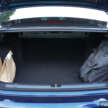
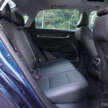
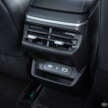
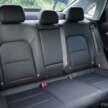

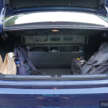
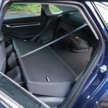

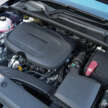
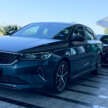

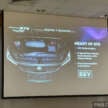
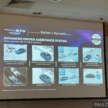
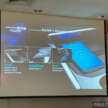

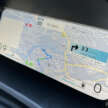
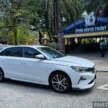



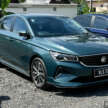
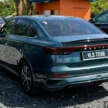
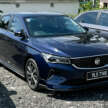
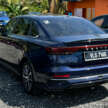
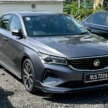
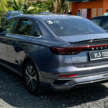
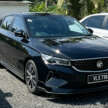

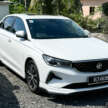
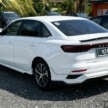

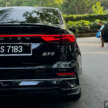
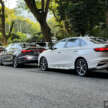
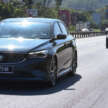

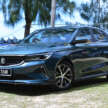
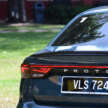
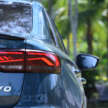
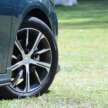
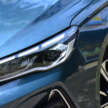

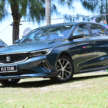



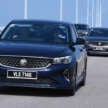
GALLERY: Proton S70 1.5T Flagship X 
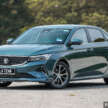
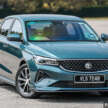
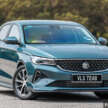
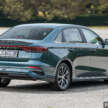
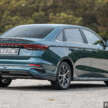
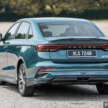
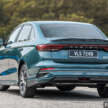
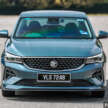
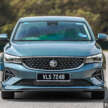
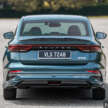
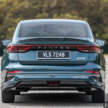
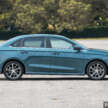
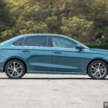

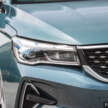
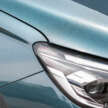
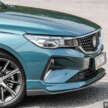
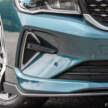
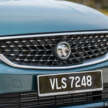

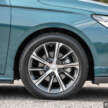
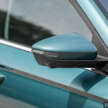

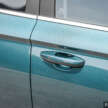
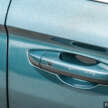
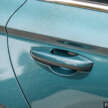
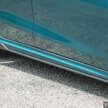
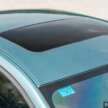
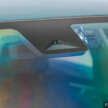
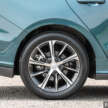
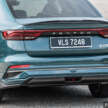
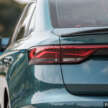
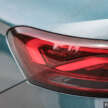
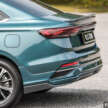
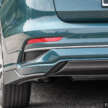
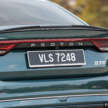
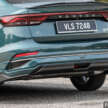
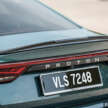
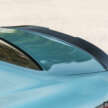
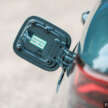
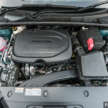
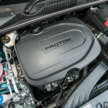
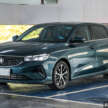
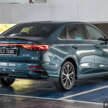

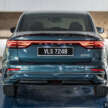
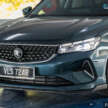

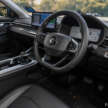
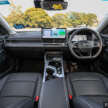
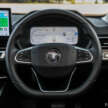
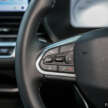
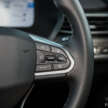
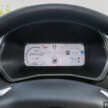
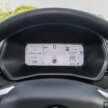
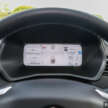


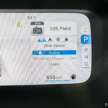



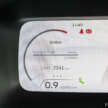
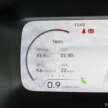

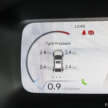
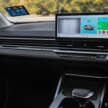
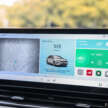

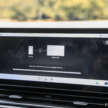
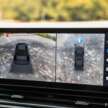
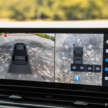
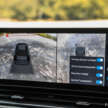
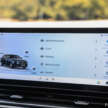

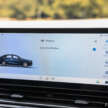









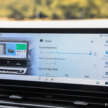

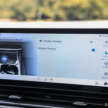

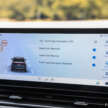
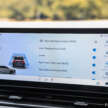
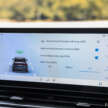


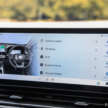
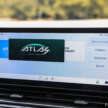



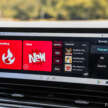


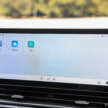

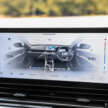

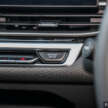
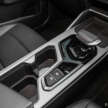
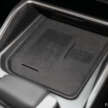
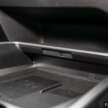
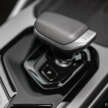
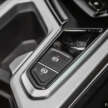
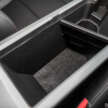
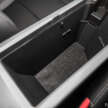
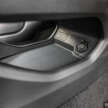
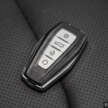

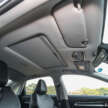
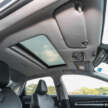
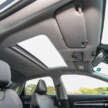
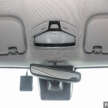

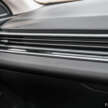
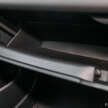

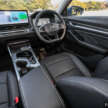
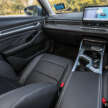
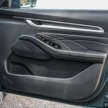
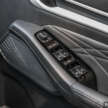
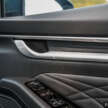
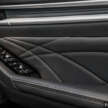
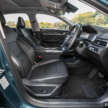
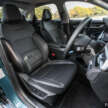
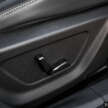
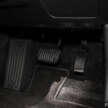
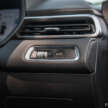



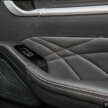
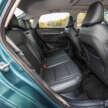
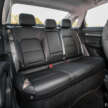
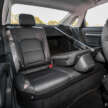

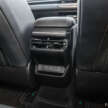
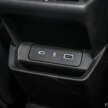
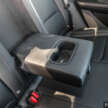
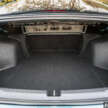
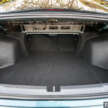
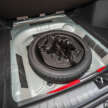
The post Proton S70 Malaysian review – C-segment sedan at B-segment pricing; should the City/Vios be worried? appeared first on Paul Tan's Automotive News.


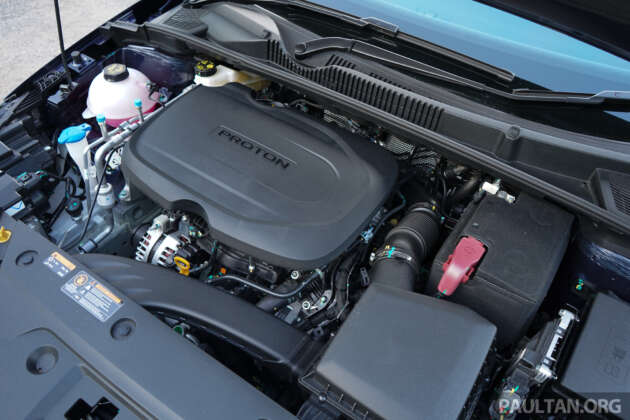
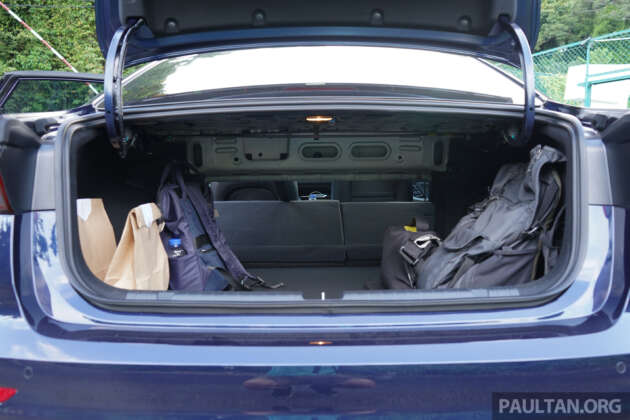
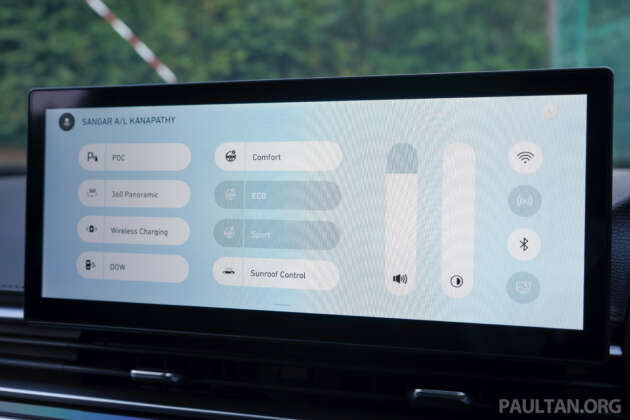
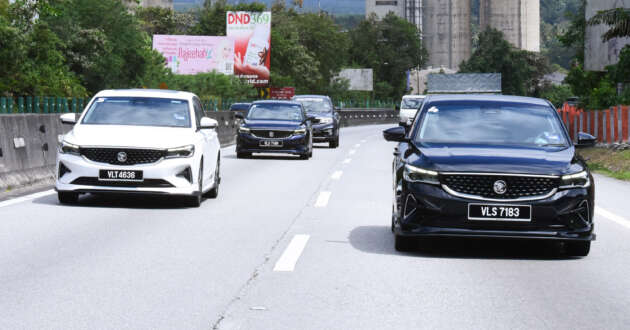
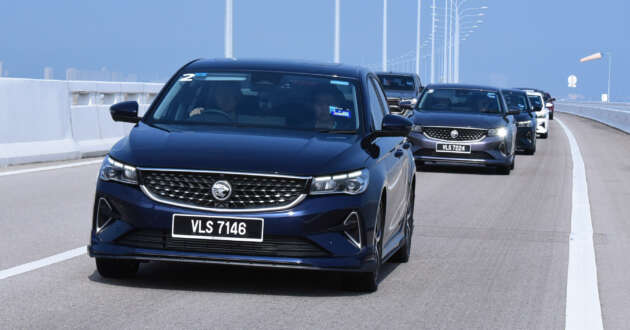
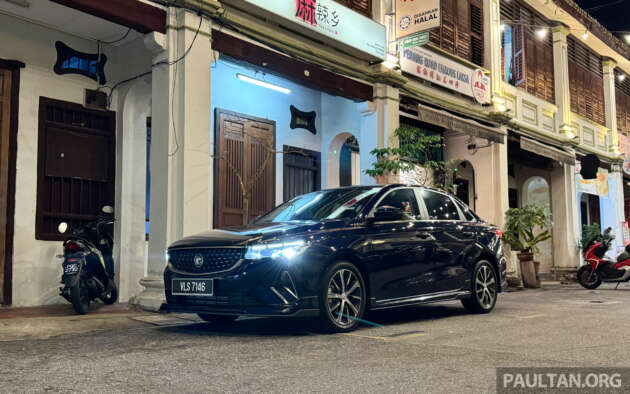
0 Comments